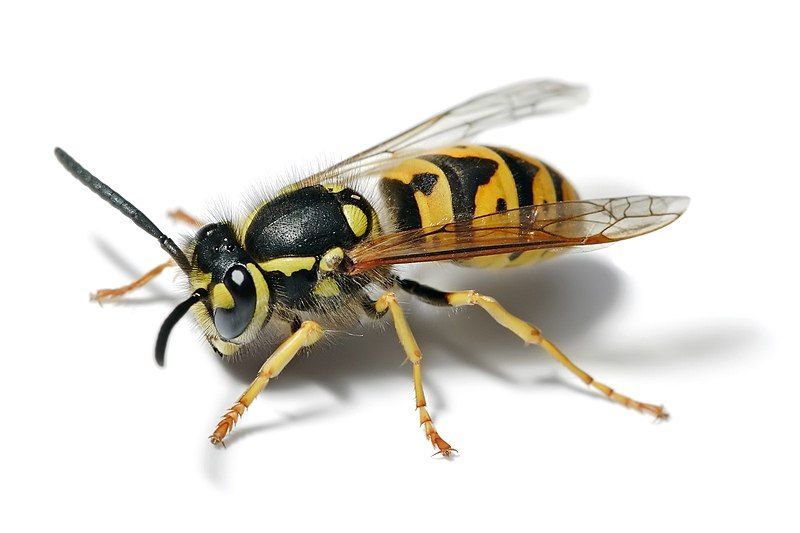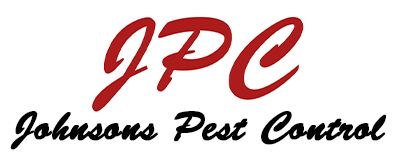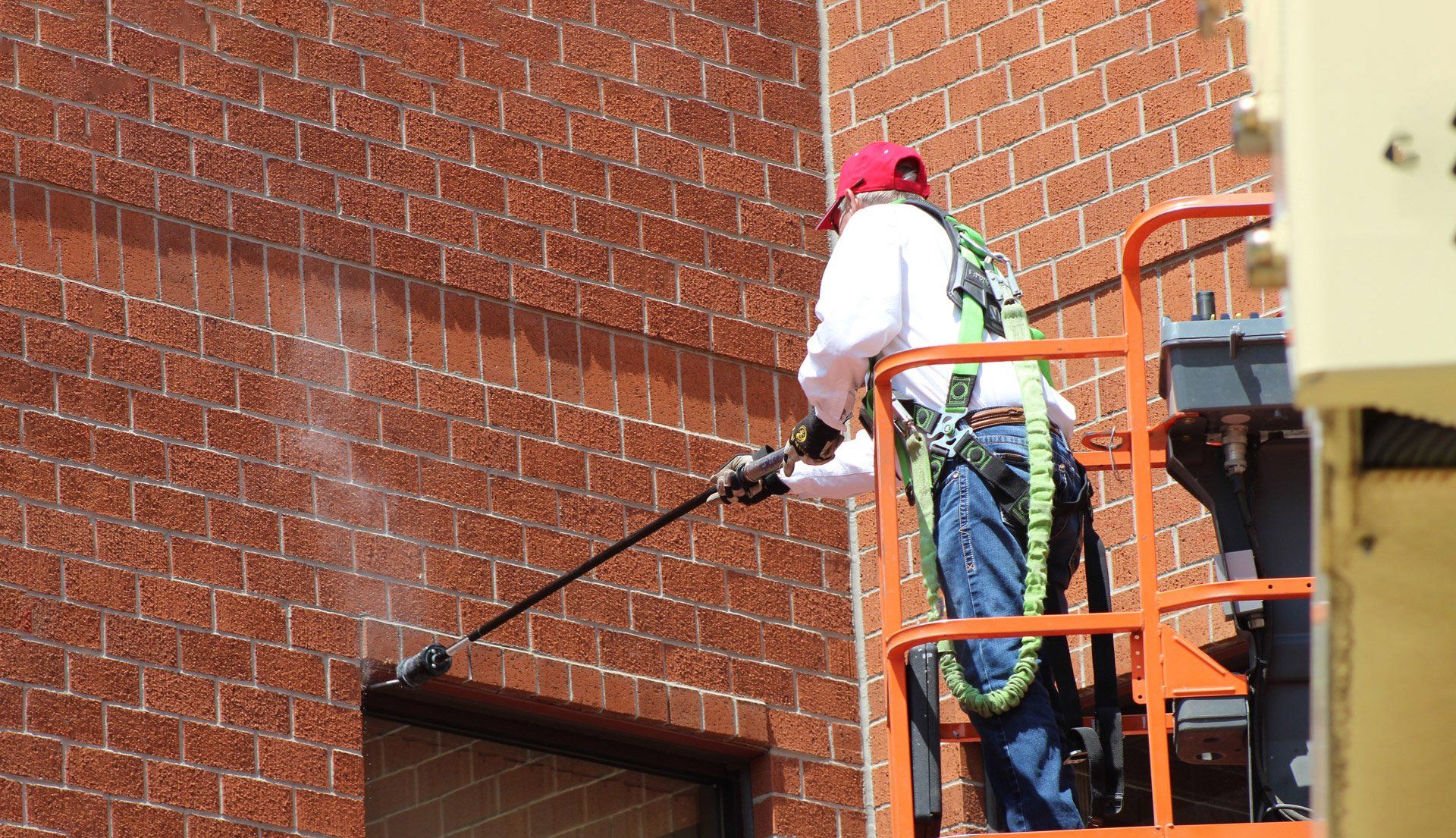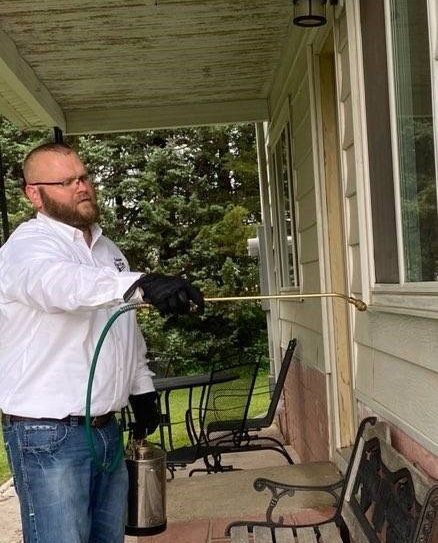EVERYTHING YOU NEED TO KNOW ABOUT YELLOWJACKETS
Yellowjackets are a common summer and fall insect in the United States, and while falling under the general category of stinging insects, yellowjackets have a very unique personality. Knowing what to expect from yellowjackets is the first step to controlling them on your property and reducing the risk of being stung.
APPEARANCE OF YELLOWJACKETS
Not surprisingly, yellow jackets get their name from their black and yellow color pattern on their abdomen. They are primarily are flying insects, similar to bees, but they are distinguished by a very small "waist". Although most species are yellow and black, some have white or red markings.
Yellowjacket, wasp, and hornets all look the same and have similar characteristics, but they have different forms of aggression and behavior. It is important to correctly identify the type of pest in your home or garden before attempting any type of control.

YELLOWJACKET HABITATS
Yellowjackets are found worldwide, with about 16 species living in the US. They are social insects with an annual colony where only the queen stays over the winter to establish a new colony in the spring. Depending on the species, the queen chooses an underground or aerial site to build the nest. Places for the nest are attached to bushes, trees, and the edge of the roof of the house. They can also enter small voids on any part of the exterior of the house and build there hives in the wall or floor joists which should never be plugged and only treated by a professional. Yellow jacket nests are made from a paper-like material called cellulose.
WHAT YELLOW JACKETS EAT
Like many other flying insects, adult yellowjackets feed on sugary substances such as flower nectar, fruit, and sometimes soda by finding open cans. What makes yellow jackets unique is that they eat protein in the larval stage. Workers bring insects and other types of meat to the nest for the larvae to eat. Most homeowners think of yellow jackets as pests, but their food is an important part of garden pest control.
WHEN THEY ATTACK
Yellowjackets are normally slow to sting, but they are very territorial. If you get close to the entrance of their nest, they become very aggressive. They can sting multiple times and their sting can be very painful. People who are allergic to the venom may experience a severe, allergic reaction to the yellowjacket after being stung. This sensitivity could cause a serious problem if stung again in the future.
If you think you have a yellowjacket nest on your house, it is important to contact Johnsons Pest Control. Attempting to remove the nest without a professional can cause them to sting and drive them into your home. Proper removal requires special equipment and safety procedures, and is best done by a professionals at Johnsons Pest Control.
CONTACT US TODAY TO FIND THE RIGHT SOLUTION FOR YOU!
WE TREAT PESTS, INSECTS, AND RODENTS NEAR YOU!
Johnsons Pest Control has been serving near you since 1984! Our professional technicians have over 70 years of combined experience! All of our technicians are licensed professionals that use environmentally friendly products to ensure that you can continue your day to day work!
We are experts in:
Ants ∙ Asian Beetles ∙ Bees ∙ Bed Bugs ∙ Cockroaches ∙ Rodents ∙ Silverfish ∙ Spiders ∙ And more!
CHECK OUT OUR PEST GUIDE FOR MORE INFORMATION!
Contact Information
Email: jpcontrol@702com.net
Fargo, ND & Moorhead, MN (701) 282-5771
Detroit Lakes, MN (218) 844-6303
Norfolk, NE: (402) 347-1488
Business Hours
- Mon - Fri
- -
- Sat - Sun
- Closed
Mailing Address: 623 Main Ave E, Ste 207, West Fargo, North Dakota 58078
Service Areas
Fargo, West Fargo, Moorhead, Detroit Lakes, Wahpeton, Oakes, Hatton, Hillsboro, Pelican Rapids, Hawley, Alexandria, and many more!
Norfolk, Pierce, Madison, Randolph, Winside, Battle Creek, and more!




